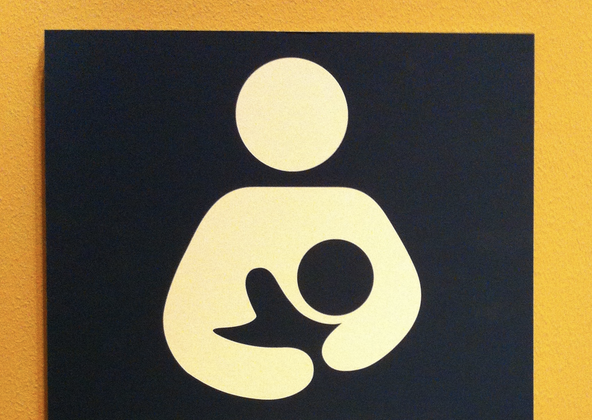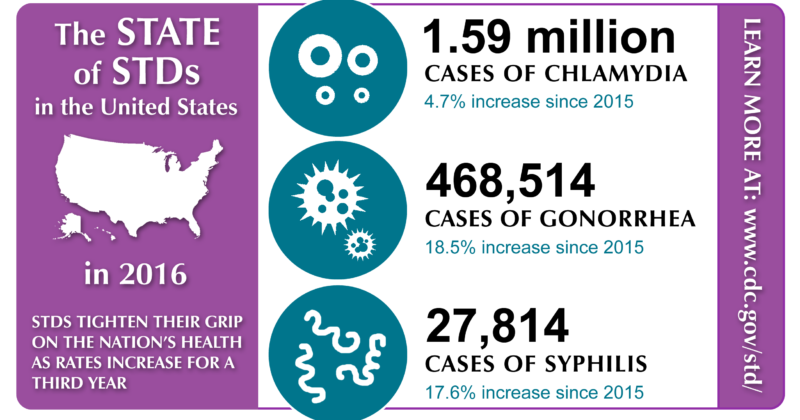
A Seminar Focused on The Finance Behind Global Health Initiatives
The Seminar Series: Stories From Africa, Financing Health in Sub-Saharan Africa took place at Duke University on Thursday, October 18. Led by Gavin Yamey, the seminar featured a panel of speakers: Sarah Bermeo, Associate Professor of Political Science, Duke Sanford School of Public Policy; Charles Muiruri Program Director at Duke Global Health Institute and Co-founder Association of Research Administrators in Africa; Kaci Kennedy, Associate Research, Duke Center for Policy Impact in Global Health; Godfrey Kisigo, Masters Student DGHO, Physician at Kilimanjaro Clinical Research Institute, Tanzania; and Osondu Ogbuoji, Deputy Director, Duke Center for Policy Impact in Global Health. The seminar opened with an introduction to global health from a very optimistic perspective. Global health is a cutting edge field that focuses largely on improving the future for humanity. Initiatives in global health are making large and wide impacts, for example, in fields such as child wellness. However, there are also still huge numbers of people suffering from illnesses and burdens that...








